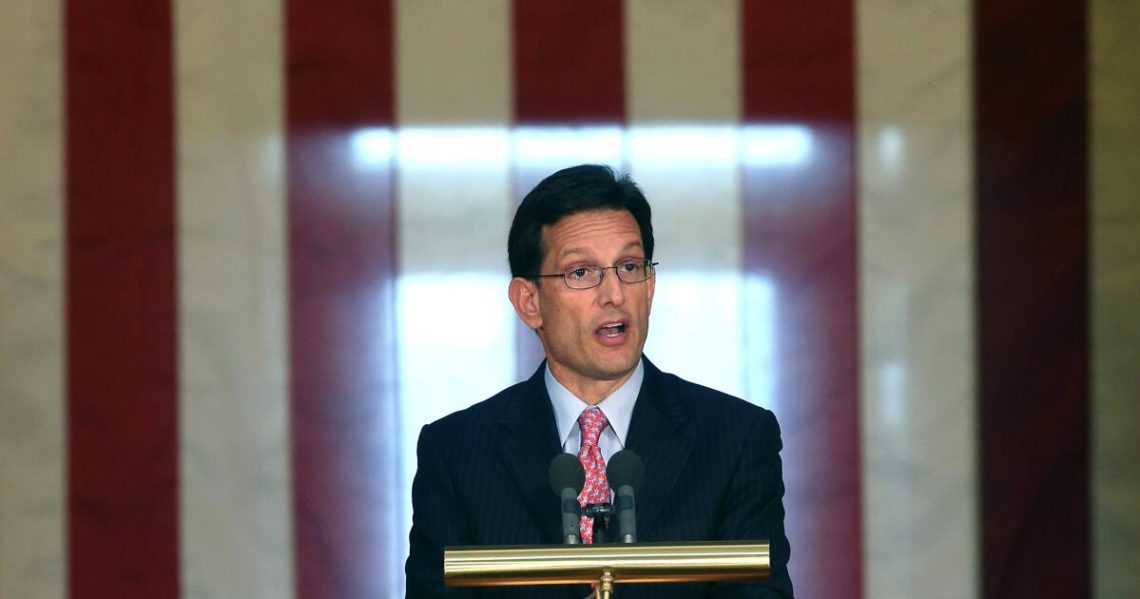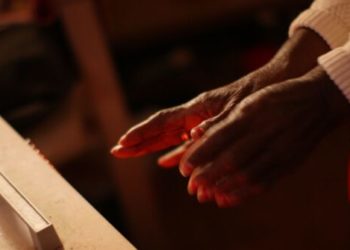Tuesday is election day, and it appears Democrats in California are ready, in the words of Rep. Judy Chu (D-Monterey Park), to “fight fire with fire.” As many as 60% of voters plan to vote yes on Proposition50, according to two recent statewide polls. If it passes, five Democrats could be added to the House of Representatives. Gov. Gavin Newsom proposed the legislation to balance the effects of an effort in Texas to redraw the state’s congressional districts and add five Republicans.
Gubernatorial candidate Antonio Villaraigosa told me he supported Newsom’s decision and plans on voting yes because it is the best way to defend against the Trump administration.
“I think we’ve seen very clearly: We have a man in the White House that wants to rig an election,” Villaraigosa said. “That’s what they’re doing in Texas. The legislature has voted. What’s different about California is that the people get to decide.”
It’s no secret the party has been trying to find itself since last November.
As unpopular as President Trump’s economic policies are; as much as video of ICE raids unnerve people; as uncomfortable as the administration’s handling of the Jeffrey Epstein files has been … the reality is that Americans don’t like Democrats that much either. So while it’s helpful to have Prop. 50 provide some defense for the political power the party still has, without a plan for offense the midterm election isn’t going to provide the blue wave progressives are hoping for.
Earlier this week, Politico published a 2024 autopsy conducted by the party titled “Deciding to Win.”
Supposedly “it aims to provide the most comprehensive account to date of why Democrats lost and what our party needs to do to win again.” I say supposedly because the words “race” and “gender” were missing in the executive summary. According to the study, “thousands of election results, hundreds of public polls and academic papers, dozens of case studies, and surveys of more than 500,000 voters” were conducted since the 2024 election. And according to “Deciding to Win,” the problem began in 2012, when the party went too far left.
I don’t question the findings, just the characterization of what the authors found.
In the past three presidential elections — 2016, 2020, 2024 — the candidates campaigned on policy but the elections were shaped by identity both in the media and on the trail. And yet this Democratic strategy document suggests that talking about gender and race was part of the party’s problem in those cycles. But prejudice is not a subplot in American politics; it’s a major factor regardless of whether Democrats bring it up. The Republican nominee those three years was endorsed by the newspaper of the KKK.
So sure, the party needs to continue talking about kitchen table issues, but we can’t pretend the socioeconomic divisions of America are by happenstance and not socially engineered. There are more than 300 counties in this country that have been perpetually poor since 1990. Some are majority white and historically have voted Republican, others are majority minority and vote for Democrats. Either way, they’ve been poor for decades because of policy failure. They don’t vote differently because of identity. Being clear eyed about that reality isn’t being “too woke,” as the report is cowardly trying to suggest; it’s having a holistic understanding of the issues.
Democrats didn’t forget about working-class people, as the report suggests. It’s just that “working class” is the progressive’s euphemism for “straight white people.” They use it the way conservatives and people inside the Beltway say “evangelical Christians.” The idea that immigration rights or policies that help Black people are somehow detached from the working class in this country is ridiculous. They are one and the same. The Democrats have struggled to communicate that over the past three elections. Even in victory, under President Biden, voters saw his universally good economic policies as not helping the “working class” because of messaging.
It’s not a lack of ideas that hurt Dems. It’s a lack of nerve, as demonstrated by the establishment’s unwillingness to endorse the transformative candidate in New York City’s mayoral election next week. However history shows us Trump supporters were not handcuffed by tradition, transformed by data or motivated by reports.
After President Obama’s election in 2008, Republicans did their own “autopsy.” It was well researched and reasoned … and ignored by voters in 2010, when they had their own ideas. That’s when the tea party rose to power, and by 2014, House Majority Leader Eric Cantor was ousted — the first time a sitting majority leader had lost a primary.
The party’s base didn’t wait or play defense.
The people moved and dragged elected officials with them.
And sometimes, some officials get left behind. That’s what election day is really about anyway — not what was or is, but what could be.
YouTube: @LZGrandersonShow
The post Granderson: Democrats may be finding themselves, but voters know what they want appeared first on Los Angeles Times.




